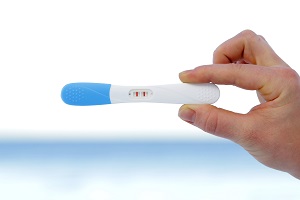A new Danish study has denied the link between fertility and divorce rates. The researchers analyzed the data of 10,000 pairs who underwent assisted fertilization. Despite the stress caused by the practices, couples have come out stronger rather than weakened.
It all begins with a study by the Danish Cancer Society Research Center in Copenhagen, published in 2014. According to researchers, stress caused by assisted fertilization would increase the risk of divorce. The old study confirmed a widespread belief, but lacked concrete evidence. The new study, however, has denied what was said earlier.
Dr. Mariana Martins is a researcher at the Faculty of Psychology at the University of Porto. His team conducted a study on 42,845 Danish women who underwent assisted fertilization between 1994 and 2009. The researchers followed the sentimental status of women for a period of 16 years, comparing them with that of a control group.
65% of women had children with their partner, and 20% divorced. The percentages are comparable to those in the control group. This means that undergoing IVF does not increase chances of divorce. Previous studies linked high levels of IVF stress with the risk of divorce. In fact, much depends on the outcome of the procedures.
According to the researchers, the highest risk factor is the failure of fertilization treatments. Couples who can not have children despite efforts are much more vulnerable. On the other hand, tackling the difficulties together joins many couples instead of destroying them.
Source: medicalnewstoday.com
Add a comment





